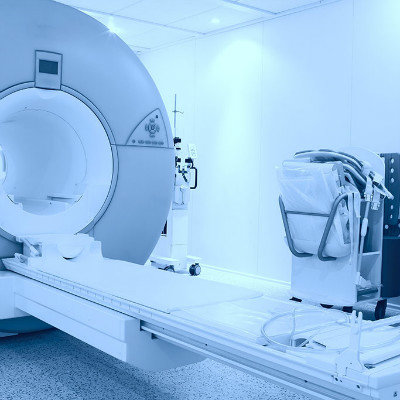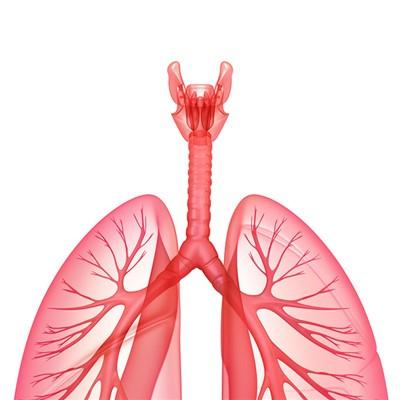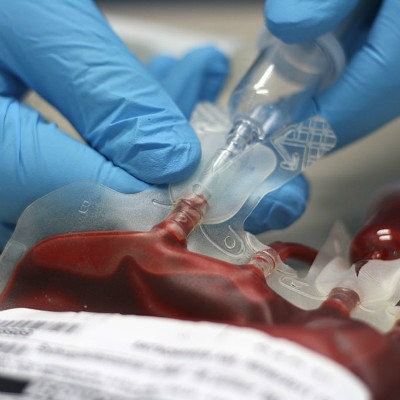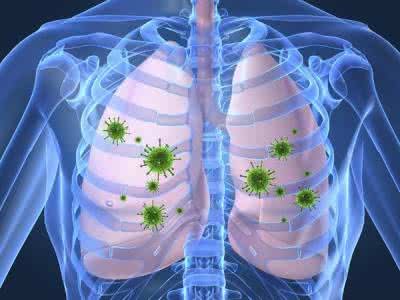What disease is mediastinal emphysema?
summary
Mediastinal emphysema refers to the air entering the connective tissue space of mediastinal pleura for various reasons, which can be spontaneous, chest trauma, esophageal perforation, iatrogenic factors, etc. So what is mediastinal emphysema? What signs do you have and what do you need to pay attention to? Now I would like to introduce the relevant information in detail.
What disease is mediastinal emphysema?
Etiology, chest trauma, endoscopy or inhalation of foreign bodies, can cause bronchial or esophageal rupture and mediastinal emphysema. Esophageal spasm obstruction, often occurred in the lower part of the esophagus 8cm longitudinal tear, because there is no connective tissue support of the esophagus. Esophageal rupture is often accompanied by pleural effusion or empyema.

Clinical manifestations, pay attention to the related causes and history of the disease, a small amount of mediastinal pneumatosis can be asymptomatic, generally can have chest tightness, shortness of breath, chest pain. If the sudden occurrence of mediastinal pneumothorax complicated with tension pneumothorax, severe chest pain, dyspnea, palpitation, increased heart rate, high fever, chills, shock when combined with infection. Severe mediastinal emphysema compresses the large thoracic vessels, affecting the circulation and blood volume.

Chest X-ray examination: mediastinal pleura was pushed to both sides by gas on the posteroanterior chest film, zonal translucent shadow could be seen on both sides of mediastinum, obvious outside the left heart margin, and increased translucency of retrosternal space could be seen on the lateral chest film. In patients with subcutaneous emphysema, there were air bands and signs of gas accumulation under the neck and chest.

matters needing attention
Most of the patients with mild mediastinal emphysema were treated by bed rest, antibiotics, pain relief, oxygen inhalation and other general treatment, and gas absorption was cured about one week. A few patients fasted and were given parenteral nutrition. For patients with mediastinal pneumatosis, compression symptoms, but not improved after general treatment, incision drainage and decompression can be performed at the suprasternal notch under local anesthesia. Patients with subcutaneous emphysema can also do upper chest skin incision, squeeze exhaust.















